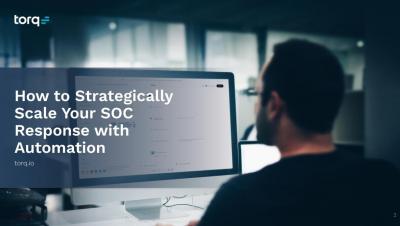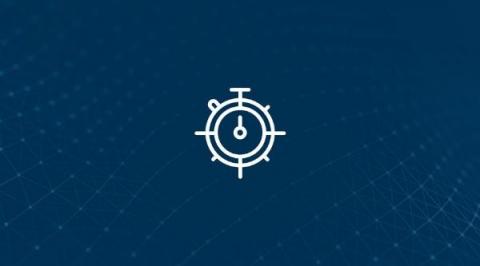8 Steps Every Incident Response Plan Requires to Spot, Contain and Recover From an Attack
The popular saying “Keep Calm and Carry On” is a good mantra for any company that finds itself undergoing cyberattack, but what that pithy phrase does not mention is how one stays calm when a threat actor has locked down your system and is demanding a multimillion-dollar ransom?










